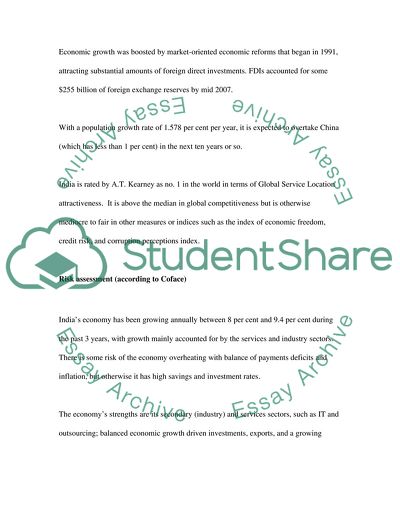Cite this document
(Wal-Mart Takes on the World Case Study Example | Topics and Well Written Essays - 1500 words, n.d.)
Wal-Mart Takes on the World Case Study Example | Topics and Well Written Essays - 1500 words. https://studentshare.org/macro-microeconomics/1717188-wal-mart-takes-on-the-world
Wal-Mart Takes on the World Case Study Example | Topics and Well Written Essays - 1500 words. https://studentshare.org/macro-microeconomics/1717188-wal-mart-takes-on-the-world
(Wal-Mart Takes on the World Case Study Example | Topics and Well Written Essays - 1500 Words)
Wal-Mart Takes on the World Case Study Example | Topics and Well Written Essays - 1500 Words. https://studentshare.org/macro-microeconomics/1717188-wal-mart-takes-on-the-world.
Wal-Mart Takes on the World Case Study Example | Topics and Well Written Essays - 1500 Words. https://studentshare.org/macro-microeconomics/1717188-wal-mart-takes-on-the-world.
“Wal-Mart Takes on the World Case Study Example | Topics and Well Written Essays - 1500 Words”. https://studentshare.org/macro-microeconomics/1717188-wal-mart-takes-on-the-world.


